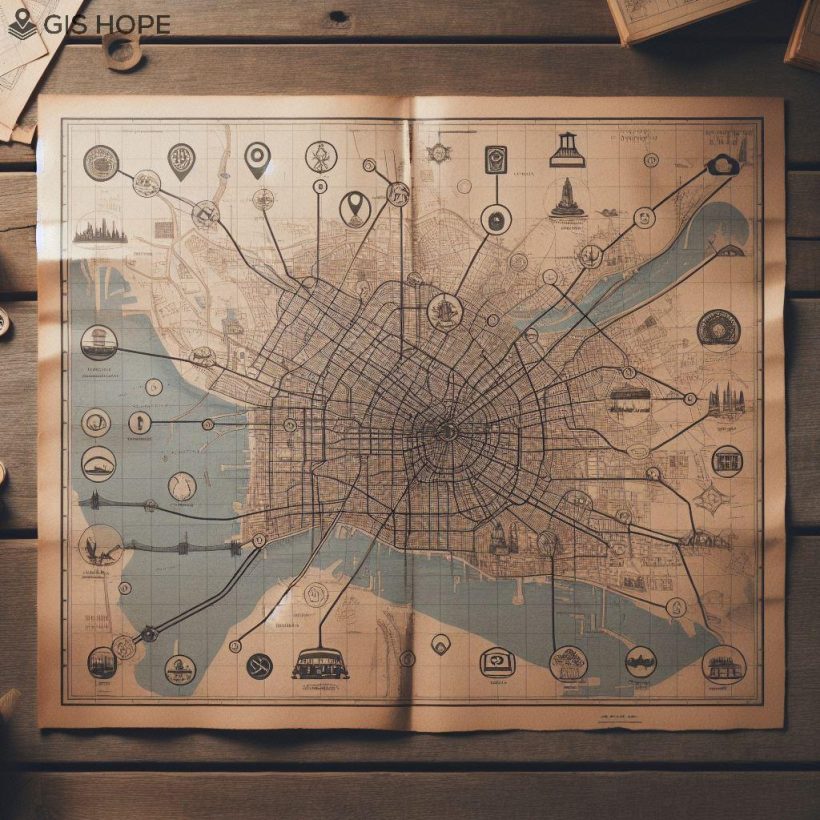In an age where digital navigation reigns supreme, the humble paper map has become a relic of the past, relegated to dusty shelves and forgotten glove compartments. However, amidst the convenience of GPS devices and smartphone apps, there lies a sense of nostalgia for the simplicity and charm of traditional cartography. This essay pays homage to the lost art of paper maps, celebrating their enduring appeal and the unique experiences they offer in an increasingly digitized world.
The Nostalgia of Paper Maps
For many, the sight of a folded paper map evokes fond memories of family road trips, outdoor adventures, and spontaneous detours. The tactile sensation of unfolding a map, tracing routes with a finger, and marking destinations with a pen holds a nostalgic charm that digital navigation tools cannot replicate. Paper maps carry a sense of history and authenticity, connecting us to the landscapes and cultures they represent in a way that GPS coordinates and digital screens cannot.
The Practicality of Traditional Cartography
Beyond nostalgia, paper maps offer practical advantages that are often overlooked in the age of digital mapping. Unlike electronic devices that rely on battery power and satellite signals, paper maps are reliable and accessible in remote areas or areas with limited connectivity. They provide a comprehensive view of a region, allowing for better spatial orientation and awareness of surrounding landmarks. Moreover, paper maps do not track our movements or collect personal data, offering a sense of privacy and independence in navigation.
The Joy of Getting Lost
In our quest for efficiency and precision, we often forget the joy of getting lost and discovering the unexpected. Paper maps encourage a spirit of exploration and adventure, inviting us to embrace serendipity and detours along the way. Getting lost with a paper map is not a cause for panic but an opportunity for discovery, as each wrong turn may lead to hidden gems, scenic vistas, or chance encounters with locals.
Preserving Map Reading Skills
In an era where digital devices do the navigating for us, the art of map reading is in danger of being lost. Paper maps require spatial reasoning, critical thinking, and navigation skills that are essential for understanding geography and interpreting landscapes. By using paper maps, we preserve and cultivate these valuable skills, ensuring that future generations can navigate the world with confidence and autonomy.
Embracing the Charm of Cartography
Despite the prevalence of digital mapping tools, the charm of traditional cartography endures. From hand-drawn illustrations to colorful legends, paper maps are works of art that capture the essence and character of a place. They tell stories of exploration, conquest, and cultural exchange, inviting us to appreciate the beauty and diversity of our world through the lens of cartographic imagination.
In conclusion, the lost art of paper maps holds a special place in our hearts and memories, offering a nostalgic reminder of simpler times and unplugged adventures. While digital navigation has its advantages, paper maps continue to captivate us with their tactile appeal, practicality, and sense of wonder. As we navigate the complexities of the modern world, let us not forget the joy of getting lost and the timeless allure of traditional cartography.
References
- “Cartography.” Encyclopedia Britannica.
- Monmonier, M. (2018). “How to Lie with Maps.” University of Chicago Press.
- Wood, D. (2010). “Rethinking the Power of Maps.” Guilford Press.
- Harley, J. B., & Woodward, D. (Eds.). (2012). “The History of Cartography, Volume 6: Cartography in the Twentieth Century.” University of Chicago Press.
